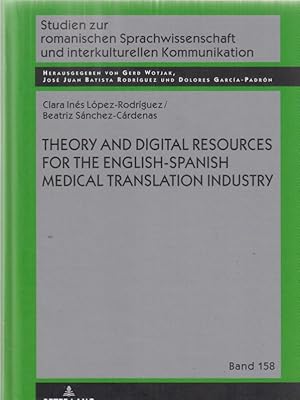A propos de cet article
226 p. ; ill. In very good condition. - Introduction -- Medical science based on observation and experience dates back to Hippocrates ;n the 5th century B.C. However, healing wounds and curing illnesses with medicinal plants and herbs began in prehistoric times and is as old as mankind ltself. Such remedies were often solemnly administered by medicine men or ihamans in ceremonies and rituais as a way to enhance their effectiveness and aflirm the supernatural power of the healer. -- Medical practices in Babylon and Egypt also had a strong magical and reli-gious component. In the Far East, Chinese traditional medicine, which prevents or heals disease by maintaining or restoring yin-yang balance, dates back at least 2,200 years. Passed down t'rom one generation to another, medical knowledge was transmitted from civilization to civilization, thanks to the traiislation of medical treatises and texts in languages such as Chinese, Sanskrit, Coptic, Persian, Greek, Hebrew, Arabic, Latin, and other Romance languages and, from the 19th Century, German and English (Gutierrez Rodilla 1998: 55). -- Nevertheless, throughout history, the validity of medical knowledge has been ephemeral. Remedies applied during one time period were often discov-ered to be ineffective in the next. In Remembrance of Things Past, Proust (1919) states that to believe in medicine is sheer folly, but not to believe in it is a greater folly still, because from this accumulation of errors a few truths have eventu-ally emerged (BalHu 2001). -- In this sense, the characteristic that best defines medical knowledge is its con-tinuous evolution and transformation. \Vhat was an unquestionable truth in one decade is replaced in the following by a revohitionary initiative, which will also one day become obsolete. The ever-changing nature of medical knowledge is one of the factors that influences and contributes to the proliferation of medical texts. -- Text production in the healthcarc field is extraordinarily diverse. Although many believe that medical translation is a well-defined subcategory of scientific-technical translation, it is actually a multidiseiplinary domaln with fuzzy boundaries, which encompasses a wide ränge of different knowledge areas and appiieations (Diaz Alarcon 2016). -- Medical texts, ivhether written on papyrus, scrolls, parchment, or paper, have always existed ever since men first became interested in treating illnesses and finding ways to eure them. Not surprisingly, medical discourse indudes a wide variety of genres, registers, text types, and communicative situations. Since the medical advances in different countries are mostiy reported in English, the lingua franca of science, the resulting lexts are ihe object ofa great deal oftrans-lalion, sdf-translation, and intranslatton. -- Just as medical knowledge is in constant progress, the terminology, lexis, and syntax of medical language is also in continuous evolution. Medical discourse can vary signincantly, dcpending on geographical origin (diatopic Variation), the relationship between the text Sender and receivers (diastratic Variation) and the communicative Situation in which the text is produced (diaphasic Variation). -- Paradoxically, since many medical authors are non-native Speakers of English, their texts are often self-translaüons (Balliu 2001). This adds another level of complexity to biomedical text produetion, because it blurs the contours of tex-tual identity, and therefore of the translation. -- Medical text produetion can also involve intranslation or heterofunctional translation (Nord 1997), which oecurs when the content of one text genre is poured into another completely dilferent genre. Tn medidne, an important scien-tific finding is frequently communicated in a wide variely of texts. For example, the discovery and produetion of a new drug may generale all of the following: -- Reports of the results of clinical trials in specialized Journals -- Presentations in medical Confer.
N° de réf. du vendeur 1204636
Contacter le vendeur
Signaler cet article

